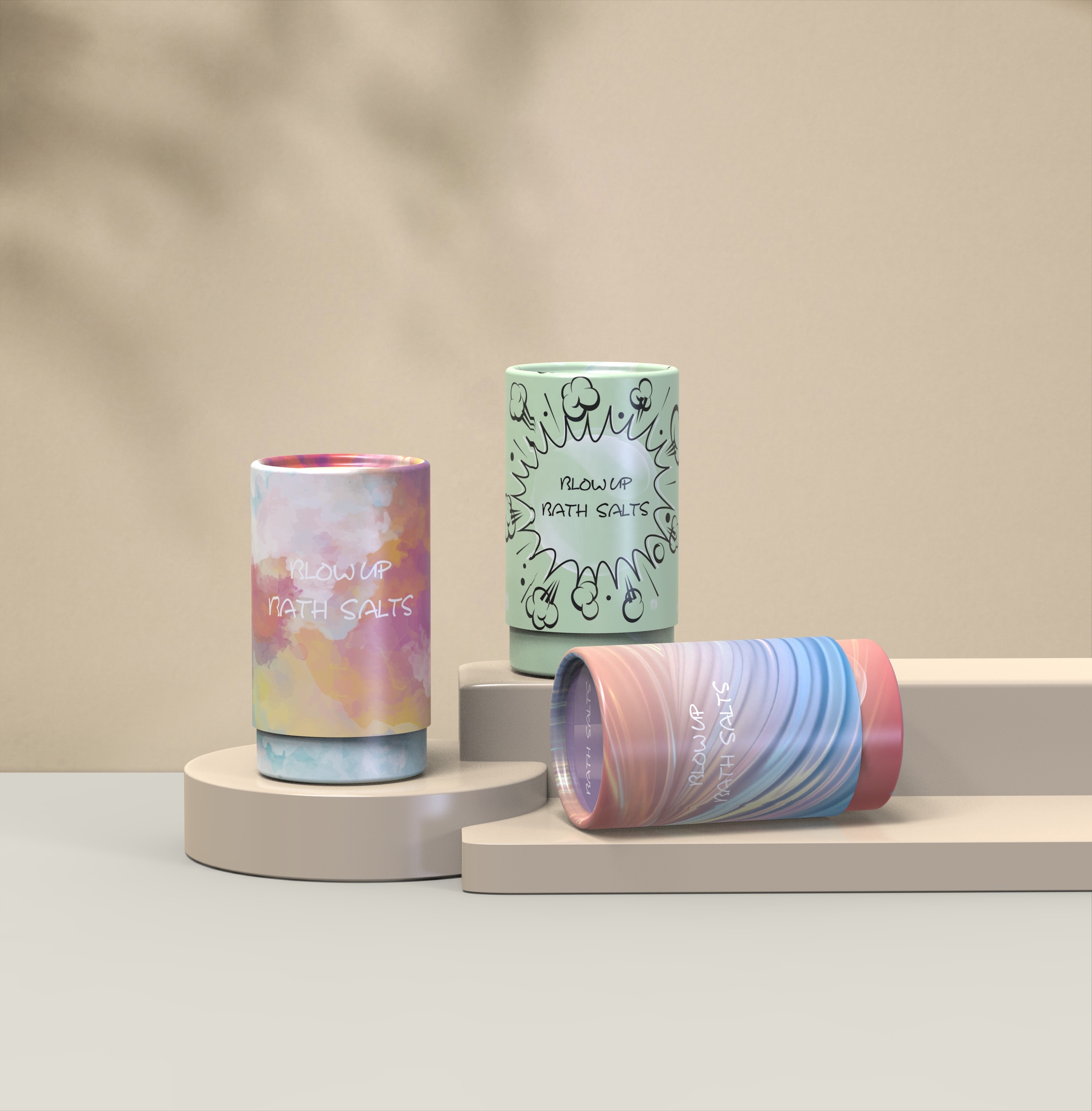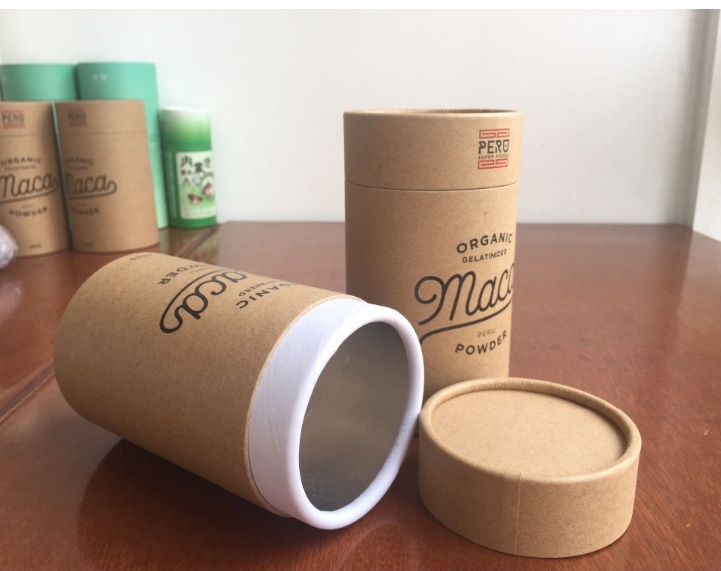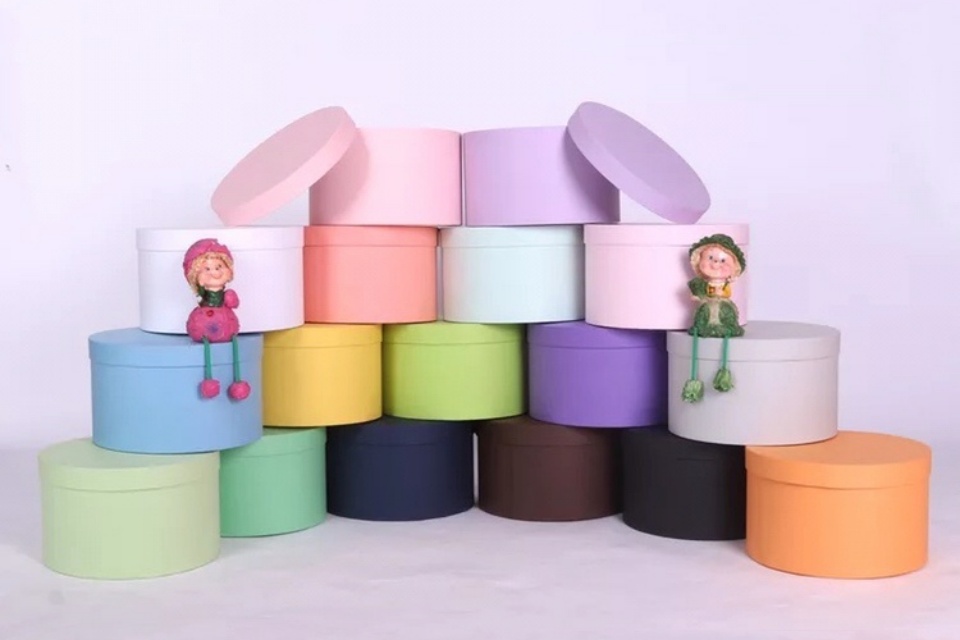Lastest News
Design Tips For Attractive Cylinder Box Packaging
Design Tips For Attractive Cylinder Box Packaging
Summary
Design Tips for Attractive Cylinder Box Packaging
Cylinder box packaging is a versatile and aesthetically appealing packaging solution widely utilized across various industries, including cosmetics, food, and retail. This packaging format not only provides structural integrity and protection for products but also serves as a powerful marketing tool that enhances brand recognition and consumer appeal. The notable popularity of cylinder boxes stems from their unique shape, which allows for innovative design possibilities that can evoke emotional connections with consumers, making them an essential consideration for businesses looking to differentiate their products in competitive markets.
Key design elements for attractive cylinder box packaging encompass customization, material selection, typography, and visual identity. Customization options allow brands to tailor the dimensions and aesthetic details of the packaging to align with their product's identity, incorporating features like embossing or unique finishes to create standout designs. Material choices are increasingly leaning towards sustainable options, with eco-friendly materials becoming a priority for brands aiming to resonate with environmentally conscious consumers. This trend reflects a broader movement within the packaging industry towards sustainability, where brands are keen to establish positive associations with responsible practices.
Typography plays a significant role in packaging design, influencing how consumers perceive a brand's personality and values. A carefully chosen font can enhance readability and convey a brand's ethos, thereby fostering trust and loyalty among consumers. Additionally, the visual identity established through effective color schemes, imagery, and logo placement creates an emotional connection that can influence purchasing decisions. Notably, trends such as minimalist design, "quiet luxury," and the use of geometric shapes are reshaping the aesthetics of cylinder packaging, allowing brands to create memorable experiences that engage customers on a deeper level.
As the demand for distinctive and functional packaging continues to grow, designers are encouraged to adopt an iterative approach, incorporating consumer feedback into the design process and exploring advanced technology for effective execution. This collaborative effort not only enhances the appeal of cylinder box packaging but also ensures that it meets the practical needs of consumers while reflecting the evolving trends in sustainability and design.
Key Design Elements
When creating attractive cylinder box packaging, several key design elements should be considered to enhance both functionality and aesthetic appeal.
Customization Options
Customization is paramount in designing cylinder boxes. Many companies offer templates on their websites, allowing designers to select box sizes and obtain specifications for creating tailored designs. This customization extends to size and diameter, ensuring a perfect fit for uniquely designed products. Furthermore, the design aspect allows for complete creativity with patterns, colors, and themes, enabling brands to add unique touches such as embossing, debossing, and finishes like matte or gloss. Logos and branding elements can be precisely integrated, enhancing brand recognition while reflecting the product's quality.
Eco-Friendly Considerations
In today's environmentally conscious market, using eco-friendly materials like recycled clamshell packaging is becoming increasingly important. This type of packaging not only minimizes environmental impact but also maintains an attractive appearance. Choosing sustainable materials can resonate with consumers, positioning a brand as responsible and stylish.
Typography and Branding
Typography plays a crucial role in packaging design, conveying the brand's personality and values. It is essential to choose fonts that are readable and align with the overall brand tone. For instance, luxury brands might opt for elegant serif fonts, while modern brands may prefer clean sans-serif typography. Consistency in typography across various branding materials enhances brand identity and builds customer trust.
Visual Identity and Emotional Connection
The packaging serves as the first point of contact for customers, making it vital to create a strong visual identity that aligns with the brand. This includes careful consideration of logo placement, colors, and overall design. The right colors, textures, and imagery can evoke emotions, generating excitement and intrigue among potential buyers. Well-designed packaging not only protects the product but also creates an emotional connection with consumers, which can significantly influence purchasing decisions.
By integrating these design elements, brands can create cylinder boxes that not only protect their products but also stand out in a competitive market, effectively communicating quality and attracting customers.
Practical Tips for Designing Cylinder Box Packaging
Customization and Sizing Considerations
When designing cylinder box packaging, it's essential to focus on customization to ensure the packaging complements the product inside. Businesses should carefully select the dimensions, including the diameter and height, to achieve a balance between aesthetics and functionality. Avoiding excessively large sizes is critical, as larger packages may lose structural integrity and expose the contents to potential damage during shipping or stacking. Moreover, maintaining proportionality between the diameter and height can enhance stability and storage efficiency.
Material Selection
Choosing the right materials is paramount for creating robust cylinder boxes. Options like chipboard and kraft paper are not only durable but also contribute to an eco-friendly image. These materials can be further enhanced by using thicker linings, such as foil or velvet, for additional luxury and protection, particularly for gift packaging. The thickness of the material typically ranges from 1.2mm to 2.0mm, depending on the box's size and desired sturdiness.
Printing and Decoration
The outer surface of the cylinder box can be customized through various printing techniques, including offset printing for vibrant colors, foil stamping for a luxurious touch, and UV spot varnishing to highlight logos or textures. Using extravagant finishes not only captures the attention of consumers but also transforms casual shoppers into loyal customers. It is essential to leverage these finishes to enhance the overall branding and marketing impact of the packaging.
Designing the Dieline
Creating an accurate dieline is crucial for the production of cylinder boxes. Designers should utilize vector graphics software like Adobe Illustrator to outline the dimensions based on product requirements, including height and circumference. Ensuring consistency in measurements will affect both the functionality and aesthetics of the packaging, leading to a superior final product.
Sustainability and Consumer Preferences
In today's market, consumers are increasingly aware of sustainable packaging options. For instance, studies show that a significant percentage of respondents globally consider eco-friendly packaging important, with many willing to pay a premium for it. Therefore, utilizing recyclable materials and sustainable printing options can create a positive brand image while appealing to environmentally conscious consumers.
By focusing on these practical tips—customization, material selection, effective printing and decoration, accurate dieline creation, and sustainability—designers can create attractive and functional cylinder box packaging that stands out in the competitive market.
Current Trends in Design
Principles of Design
In the realm of packaging design, several principles guide the creative process to ensure effective visual communication. These principles include unity, balance, contrast, economy, direction, emphasis, proportion, and rhythm. Understanding and applying these principles can help create packaging that not only attracts attention but also conveys the intended message effectively.
Design Aesthetics
Today's packaging design emphasizes more than mere aesthetics; it seeks to forge a tangible connection with consumers. Notable trends include the use of geometric shapes, which introduce unique and unconventional designs that stand out on shelves. Additionally, monochrome packaging is popular for high-end products, utilizing a single dominant color to evoke sophistication and exclusivity. Textured packaging and techniques like embossing provide a tactile experience, enhancing consumer interaction with the product.
Sustainability and Holistic Approaches
A significant shift toward holistic sustainability is evident in current packaging trends. This approach considers the entire lifecycle of the packaging, emphasizing eco-friendly materials and responsible sourcing while also focusing on waste reduction and energy efficiency. Brands are increasingly prioritizing sustainable practices to meet consumer demand for environmentally responsible products.
Color Trends
Color plays a vital role in packaging design, influencing consumer perception and choice. The top color trends for 2023 include a mix of nostalgic palettes, such as '70s color schemes and acidic hues, alongside modern, vibrant choices like Electric Flamingo and Hyperpop Palettes for 2025. These dynamic color combinations help brands stay relevant and engaging in a competitive market.
Iterative Design Process
The design process has evolved to be more iterative, involving continuous testing and feedback. Designers often conduct surveys and questionnaires to gather consumer insights on design elements and visual appeal. This feedback loop ensures that the final packaging design aligns with consumer expectations and preferences.
Collaboration and Technology
Collaboration among designers, engineers, and manufacturers is crucial for executing packaging designs effectively. Advanced design tools and software, such as Adobe Illustrator and CorelDRAW, enable designers to create intricate, print-ready designs that are both functional and visually appealing. The integration of technology in the design process facilitates the development of innovative packaging solutions that resonate with modern consumers.
Industry-Specific Considerations
Food Packaging
Food packaging serves multiple purposes, including protecting the contents, extending shelf life, and providing essential information about the food product. Given the competitive nature of the food industry, an attractive packaging design is crucial for standing out in a crowded marketplace. When designing packaging for food items, considerations such as the nature of the product, its required preservation methods, and consumer perceptions must be taken into account. For instance, foods that are sensitive to spoilage often require specialized packaging materials, such as plastic or aluminum, to ensure safety and longevity.
Additionally, food packaging should convey important information, such as ingredients and handling instructions, to build consumer trust and enhance brand authority. The aesthetics of packaging also play a significant role; packaging that complements the contents can influence purchasing decisions by appealing to consumers' instincts and preferences.
Cosmetics Packaging
In the cosmetics industry, packaging design is similarly critical, as it must not only protect the product but also align with brand identity and consumer expectations. Packaging for cosmetics is often designed to withstand various environmental conditions, such as moisture and oils, which necessitates the use of durable materials like vinyl. Given the diverse range of cosmetic products, from lipsticks to moisturizers, the packaging must be tailored to the specific requirements of each item, considering factors such as weight and volume.
Moreover, the packaging should reflect contemporary trends, with minimalist designs gaining popularity among consumers seeking simplicity and elegance. Ultimately, effective cosmetic packaging combines functionality with aesthetic appeal, enhancing the product's marketability while ensuring that it meets practical use and environmental standards.
General Manufacturing Considerations
When considering packaging design for any industry, it is essential to assess the scale of production and logistics involved. Value engineering can help identify cost-effective solutions without sacrificing quality, while also streamlining processes to ensure timely delivery and reduce supply chain disruptions. By understanding these industry-specific considerations, businesses can create packaging that not only meets regulatory standards but also resonates with target audiences, thus enhancing overall brand loyalty and market presence.
Case Studies
Boomii Balm Case
The Boomii Balm Case exemplifies innovative custom cosmetics packaging with a focus on sustainability. This clean and cruelty-free cosmetics line opted for a refillable compact designed to address the recycling challenges typically associated with multi-material plastic compacts. By selecting recycled aluminum—an infinitely recyclable material—the packaging not only reflects Boomii's earth-inspired ethos but also aligns with the growing consumer demand for transparency and sustainability in product sourcing and packaging materials.
The design of the compact is reminiscent of a smooth river stone, enhancing its aesthetic appeal while reinforcing the brand's commitment to environmental responsibility. This case study highlights how effective packaging can serve as a powerful touchpoint in a brand's digital ecosystem and customer relationship management (CRM) strategy, transforming simple containers into connected, intelligent assets.
Trends in Luxury Packaging
The adoption of "quiet luxury" in packaging is a significant trend within the cosmetics industry. This aesthetic reflects a maturing consumer preference, where value is derived more from understated quality and authenticity than from overt displays of opulence. Brands are increasingly challenged to invest in high-quality materials and refined design details, as subtle cues become the primary indicators of luxury and value. This movement underscores a shift towards simplicity and environmental consciousness, appealing to a discerning consumer base that prioritizes substance over superficiality.
As consumers navigate an increasingly saturated and visually overwhelming market, the minimalist approach associated with "quiet luxury" allows brands to demonstrate confidence in the inherent quality of their products. This trend not only promotes a cleaner design ethos but also resonates with environmentally aware consumers, further enhancing the brand's appeal.
Design Considerations
Effective packaging design is crucial in the cosmetics sector, where aesthetics play a pivotal role in attracting consumers. The vast array of colors, textures, and shapes present in cosmetics packaging aims to evoke emotions and convey the promise of beauty and wellness. The choice of materials, colors, and patterns must align with the brand's identity, ensuring that the packaging not only captures attention but also reflects the essence of the product.
For example, pastels are frequently employed in cosmetics packaging to evoke feelings of tranquility and femininity, while bolder designs may be used to convey luxury and sophistication. Similarly, typography plays an essential role in expressing brand values and emotional resonance, influencing consumer perceptions in a highly competitive market. Through thoughtful design, brands can differentiate themselves and create a memorable unboxing experience that encourages repeat purchases and fosters brand loyalty.
Categories
Latest News
Contact Us
Contact: Aaron Lee
Phone: +8613570866244
Tel: +8675529490260
Add: Li Songlang 2nd Industrial Zone,No.18,FengTang Rd,Guangming New District


